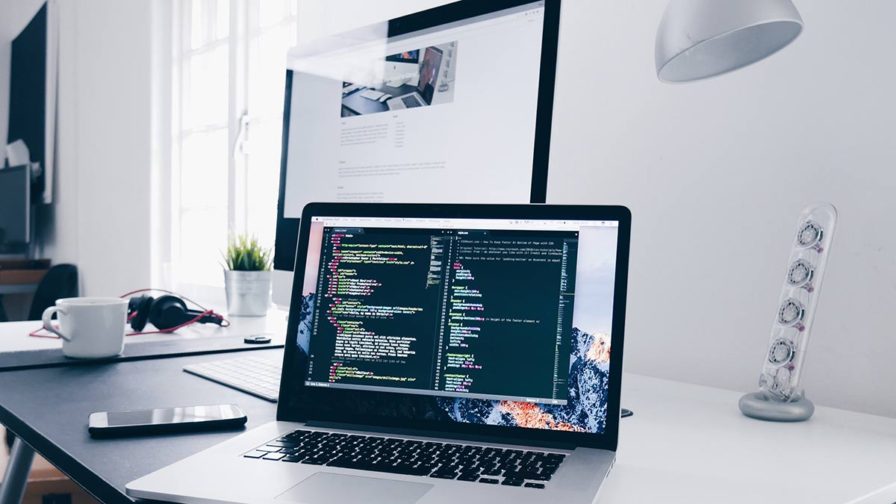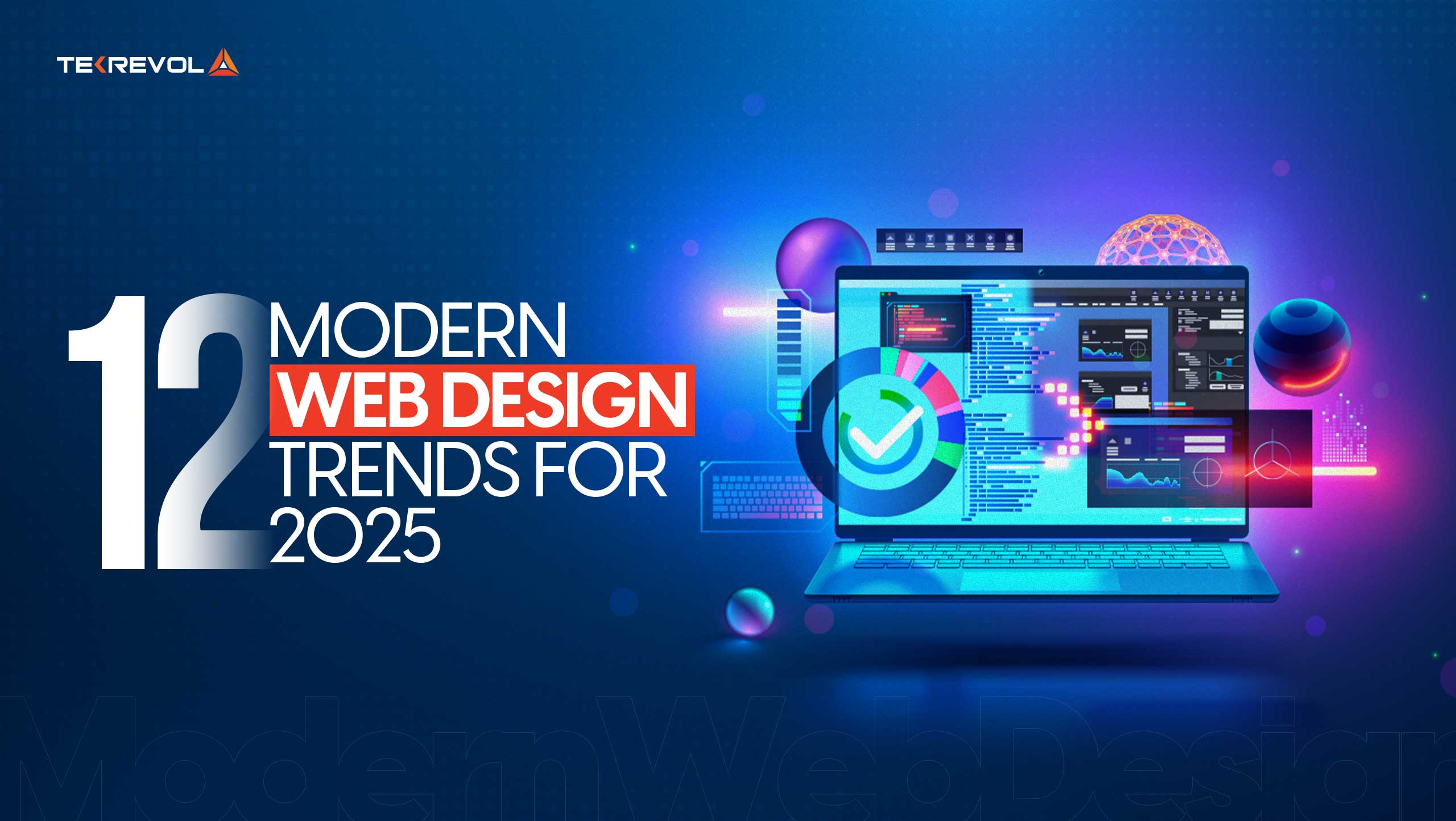Exactly How to Enhance Individual Experience Via Strategic Website Design
In the realm of electronic innovation, individual experience (UX) has come to be the cornerstone of successful web style. A critical, user-centered strategy, highlighting visual uniformity, user-friendly designs, and responsive layout, can significantly enhance an internet site's usability and appeal. As we discover these principles thoroughly, the significance of integrating user responses and the role of UX in customer retention will also be analyzed, inviting a much deeper understanding of this crucial facet of web style.
Understanding the Relevance of Individual Experience in Website Design
The essence of website design lies not simply in aesthetic appeals, but fundamentally in the customer experience it provides. Customer experience, or UX, refers to the general experience a person has while interacting with a web site or web application, especially in regards to how comfortable and pleasing it is to use (Web Design In Guildford). It is a crucial aspect of website design, as it straight influences the individuals' impacts, actions, and general communication with the internet site
A properly designed web site with an inadequate user experience is similar to a beautiful building with an inadequately planned interior; it may look appealing externally, yet it falls short to serve its designated function properly. It might hinder users from remaining on the web site, bring about high bounce prices, reduced customer engagement, and ultimately, failure to accomplish the website's goals. This highlights the value of incorporating customer experience right into the internet style procedure right from the start.
Using User-Centered Layout Concepts
The application of user-centered style concepts begins with comprehending individual habits. This expertise forms the basis for producing an efficient interface design. These two crucial elements, when masterfully incorporated, bring about a boosted customer experience on any kind of internet site.

Comprehending User Actions
Why do users act the means they do on sites? Individual actions is dictated by a wide variety of factors, chief among them being their details needs and preferences, prior on the internet experiences, and overall web savviness. Using this expertise, internet designers can create a lot more reliable, user-friendly sites that satisfy the requirements of their target market, thereby improving individual experience.
Reliable User Interface Design

Leveraging Responsive Layout for Ideal Viewing
Moving on in the discourse, the focus currently shifts to the value of leveraging receptive design for optimum viewing. This involves discovering the process of implementing receptive website design and recognizing its effect on user experience. The taking place discussion intends to illuminate the benefits of ideal watching and exactly how receptive style promotes it.
Applying Responsive Internet Design
Harnessing the power of responsive internet style is a vital action towards improving user experience. To execute this properly, web developers must think about a variety of aspects. The format needs to adjust perfectly to different display sizes, from desktop displays to smaller sized mobile phones. This calls for a flexible grid-based system, making sure material resizes smoothly. Images must additionally be flexible, adapting to fit the readily available display screen area without distortion. Additionally, designers have to include media queries, allowing the web site to recognize the customer's device type and screen size. These aspects incorporated develop a receptive internet design that changes to the customer's needs. While the process may seem facility, the end result is a more available and intuitive web site, dramatically boosting the customer experience.
Benefits of Optimum Viewing

Additionally, responsive style can result in enhanced SEO rankings, as internet search engine prefer sites that satisfy multiple devices. It can decrease bounce prices and improve conversion prices as customers are less likely to desert sites that are simple to navigate. Thus, optimal viewing can substantially boost user experience, making it a vital facet of tactical web design.
Incorporating Easy Navigating and Intuitive Layouts
Ease and instinct in web site navigation form the bedrock of individual complete satisfaction. If individuals struggle to discover what they are seeking, they are most likely to desert the website and look for options. A critical internet design must include clear, easy-to-follow navigating and an intuitive layout. This can be attained by organizing information in an ordered framework, with the most important areas prominently included.
Basic navigation food selections, breadcrumb tracks, and clickable buttons lead individuals through the internet site easily. Consistency in style elements throughout pages likewise adds to user-friendly navigation. As an example, placing the search bar or the buying cart icon in the exact same place on every page permits users to situate these features swiftly.
Furthermore, an instinctive layout is one that expects customer needs. It puts components and information where individuals anticipate them to be. This reduces the cognitive tons on customers, enhancing their overall experience on the web site.
The Role of Visual Design in Individual Experience
While the framework and design of an internet site are considerable for user experience, the aesthetic design plays a similarly important duty. A messy or irregular visual layout can puzzle customers and lead to an unfavorable customer experience. Web developers should purposefully utilize aesthetic style components to produce a harmonious and user-friendly user interface that boosts the general user experience.
Situation Studies: Effective Individual Experience Layout at work
Regardless of the theoretical understanding on individual experience design, it gets real worth when applied in useful situations. Airbnb, an international online industry, efficiently boosted their customer experience by upgrading their internet site.
The results were a significant rise in mobile web traffic and user involvement, demonstrating the efficiency of critical web design in boosting user experience. These case researches show that sensible application of customer experience design can produce considerable benefits.
Conclusion
Finally, critical web layout is a crucial tool in improving user experience. By using user-centric design principles, leveraging receptive style, including user-friendly navigating and layouts, and using image source the power of visual layout, businesses can produce websites that are satisfying and engaging for customers. Effective website design, showcased through different effective study, considerably raises user interaction and more info here retention prices, proving its vital role in digital success.
As we check out these concepts in detail, the importance of incorporating user responses and the role of UX in individual retention will certainly additionally be examined, inviting a deeper understanding of this important facet of web design.
It may discourage individuals from remaining on the internet site, leading to high bounce rates, low individual interaction, and eventually, failing to attain the internet site's goals. A inconsistent or chaotic visual style can lead and puzzle individuals to an unfavorable individual experience. Internet designers have to tactically utilize aesthetic layout elements to create a intuitive and harmonious user interface that enhances the total customer experience. The outcomes were a significant rise in mobile website traffic and customer involvement, showing the effectiveness of critical internet style in enhancing user experience.
Comments on “Practical Advice for Enhancing Website Speed and UX with Web Design In Guildford”